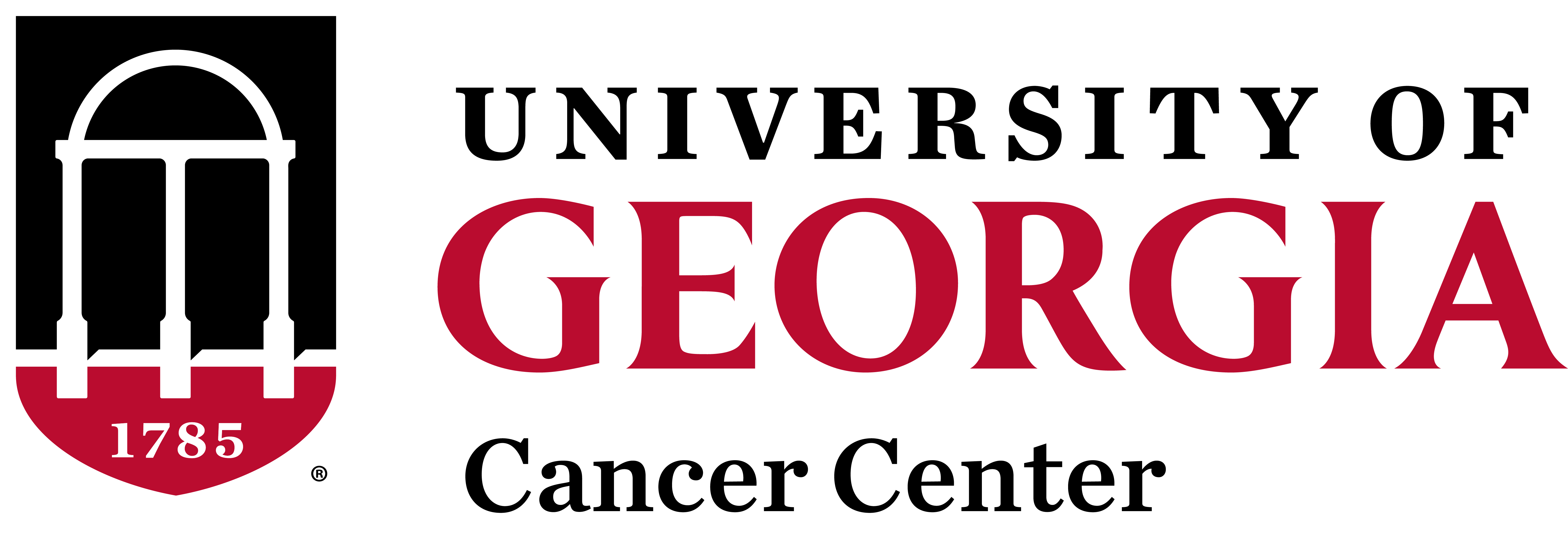
Vladimir Popik
Research Interests:
Photoswitchable bioactive compounds: Photoactivation of drugs, enzymes, and other bio-molecules allows for achieving of the spatial and temporal control of their action. We design and synthesize compounds that are inactive in the dark but are converted into bioactive form upon irradiation with light of an appropriate wavelength. One of our goals is to overcome the most common drawback of caged biomolecules, which are known to release bioactive substrates in the dark due to conventional or enzymatic hydrolysis. The non-photochemical reactions of photoactivatable compounds (hydrolysis, thermal decomposition, etc.) that we develop are very slow and do not result in activation of the substrate.
Two-photon photochemistry: UV and visible light is efficiently absorbed by muscle tissues and only red and near infrared (NIR) radiation has sufficient depth of penetration in our bodies. Photons in this region, however, have relatively low energy, limiting the range of processes they can initiate. We are working on the development of the precursors that can be converted into an active form using nonresonant two-photon excitation. This approach allows us to use red/NIR light for photoactivation of UV-chromophores, while avoiding substrates sensitive to visible light, and therefore reducing accompanying phototoxicity.
Photolabile protecting groups, known as “cages” in biochemistry, allow for the spatial and temporal control of substrate release, as well as “reagentless” deprotection. Our group designs novel types of "safety-catch" photo-cages suitable for protection of broad range of organic molecules.
Mechanisms of light-induced reactions are investigated using state-of-the-art time-resolved IR (TIR) and UV-Vis (TUV) spectrometers. This data is then used in the design of novel photoswitchable bioactive compounds.
Photo-"click" reactions: Connection (or ligation) of two fragments to make a larger molecule or structure, as well as labeling DNA, proteins, and even whole cells, are usually achieved with the help of the so-called “click chemistry”. This term describe a set of bimolecular reactions that meet the following criteria: reactions should be wide in scope but selective, produce high yield of the product, proceed with reasonable rate under mild conditions, and tolerate broad range of solvents. We work on the development of light-induced ligation techniques, which proceeds under ambient conditions and does not require additional reagents or catalyst.
- Research Interests: Photoswitchable bioactive compounds: Photoactivation of drugs, enzymes, and other bio-molecules allows for achieving of the spatial and temporal control of their action. We design and synthesize compounds that are inactive in the dark but are converted into bioactive form upon irradiation with light of an appropriate wavelength. One of our goals is to overcome the most common drawback of caged biomolecules, which are known to release bioactive substrates in the dark due to conventional or enzymatic hydrolysis. The non-photochemical reactions of photoactivatable compounds (hydrolysis, thermal decomposition, etc.) that we develop are very slow and do not result in activation of the substrate. Two-photon photochemistry: UV and visible light is efficiently absorbed by muscle tissues and only red and near infrared (NIR) radiation has sufficient depth of penetration in our bodies. Photons in this region, however, have relatively low energy, limiting the range of processes they can initiate. We are working on the development of the precursors that can be converted into an active form using nonresonant two-photon excitation. This approach allows us to use red/NIR light for photoactivation of UV-chromophores, while avoiding substrates sensitive to visible light, and therefore reducing accompanying phototoxicity. Photolabile protecting groups, known as “cages” in biochemistry, allow for the spatial and temporal control of substrate release, as well as “reagentless” deprotection. Our group designs novel types of "safety-catch" photo-cages suitable for protection of broad range of organic molecules. Mechanisms of light-induced reactions are investigated using state-of-the-art time-resolved IR (TIR) and UV-Vis (TUV) spectrometers. This data is then used in the design of novel photoswitchable bioactive compounds. Photo-"click" reactions: Connection (or ligation) of two fragments to make a larger molecule or structure, as well as labeling DNA, proteins, and even whole cells, are usually achieved with the help of the so-called “click chemistry”. This term describe a set of bimolecular reactions that meet the following criteria: reactions should be wide in scope but selective, produce high yield of the product, proceed with reasonable rate under mild conditions, and tolerate broad range of solvents. We work on the development of light-induced ligation techniques, which proceeds under ambient conditions and does not require additional reagents or catalyst.
- https://www.chem.uga.edu/directory/people/vladimir-popi
